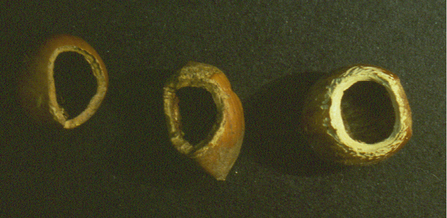Despite having the word “mouse” in the name, dormice are not actually related to mice at all, but their mouse-like appearance make it clear why they were mistakenly grouped together with mice. Across Europe, there are other species of dormouse: the edible dormouse, forest dormouse and garden dormouse, along with the hazel, which is the only native species found in the UK. One of the key behavioral differences between dormice and our real mice is that unlike other mice, dormice hibernate through the winter months. They are the only UK rodent that sleeps through times of colder weather.
As autumn sets in, dormice become very active. Having spent much of their summertime resting, sleeping and breeding, they then go onto spend most their waking hours eating the abundant nuts and berries supplied by hazel trees, beeches, brambles and hawthorns. Their aim: try to eat so much that they double their own body weight from around 20g to 40g. As much fun as that may seem, in the case of dormice, it is an essential survival mechanism. In order to survive a full hibernation for a few months, they must have developed enough body fat to keep their body functioning and able to become active again in spring. Sadly, without gaining that weight, sleepy mice won’t hibernation and it is estimated that half of dormice die during their winter slumber.






